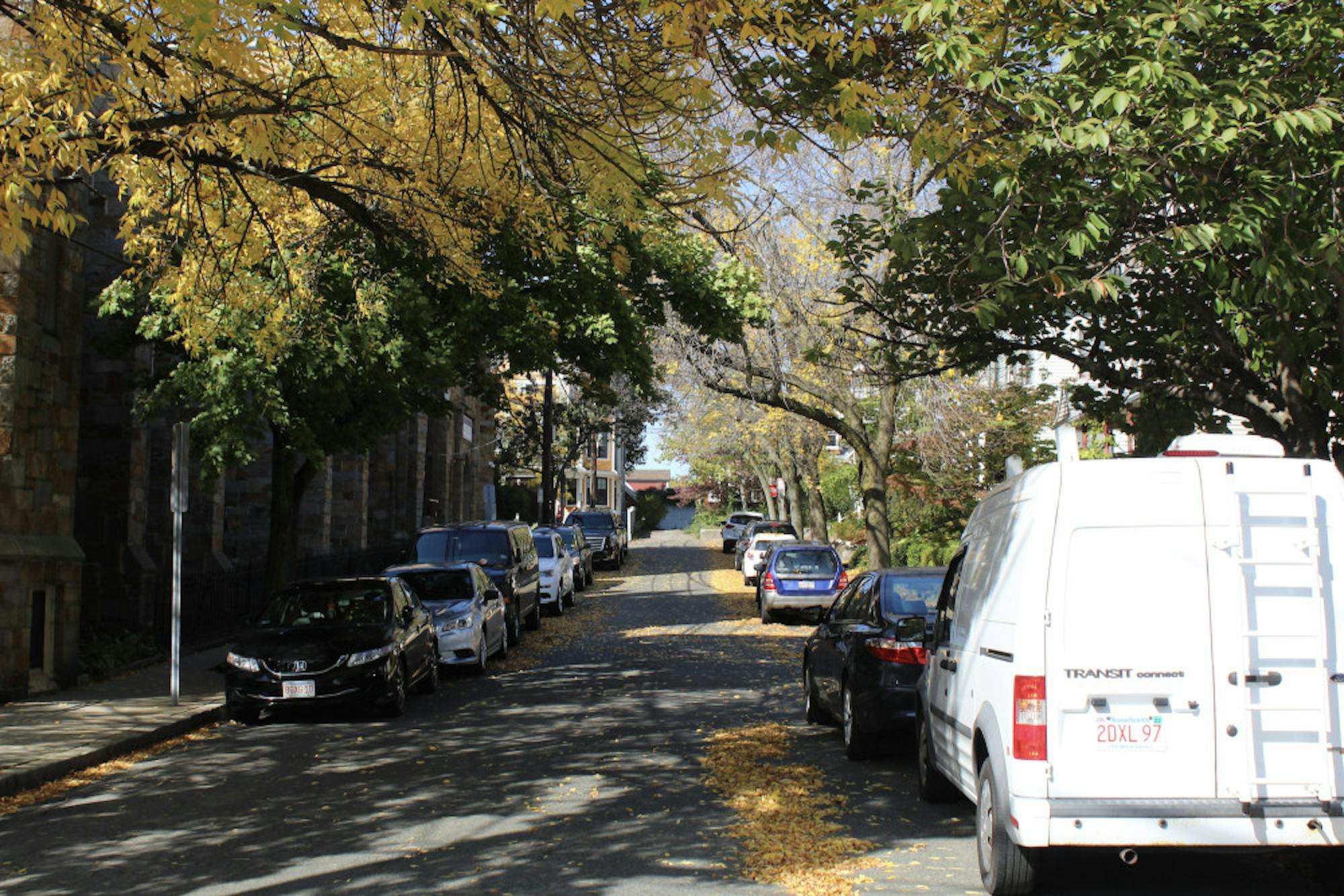A research team from Tufts conducted a study during the initial stay-at-home order this spring andfound that the decrease in road traffic led to drastic improvements in air quality.
The study was run by professors Neelakshi Hudda and John Durant in the Department of Civil and Environmental Engineering, along with Matt Simon (E’17) and Allison Patton (E’14).
According to the study, traffic reduced significantly during the lockdown, with 71% fewer cars on the road and 46% fewer trucks. Theresults of the study were published in the journal Science of the Total Environment on Nov. 10.
Patton, a staff scientist at the Health Effects Institute, explained that the COVID-19 lockdown provided the team with a rare opportunity to conduct a natural experiment.
"[Natural experiments are] usually related to major changes. Some of the most comparable examples include a ban on sale of coal in Ireland, steel mill and copper smelter strikes in the U.S., the reunification of Germany, and major air quality regulations,"Patton wrote in an email to the Daily."However, those changes are usually on a more local or regional scale. This global natural experiment will hopefully be a once-in-a-lifetime event."
According to Durant, the team hypothesized a steep decrease in traffic-related air pollution and set out to measure the amount of decrease and its impact on Somerville’s air quality.
"So what we wanted to do was to characterize air pollution levels during a significant drop off in traffic so we can quantify the relationship between traffic decrease and ... air quality improvement," Durant said.
Patton noted that to gather data, the team drove the Tufts Air Pollution Monitoring Lab, an electric vehicle equipped to monitor air quality, through Somerville on 15 different days between March 24 and May 14.
"The biggest challenges in natural experiment research are getting on the ground quickly and finding the right comparison to make … we were fortunate that the Tufts Mobile Air Pollution Laboratory was ready and able to quickly get in the field during the period of lowest traffic this past spring," Patton said.
Durant explained that while the team observed a 70% decrease in ultrafine particles, which are emitted by gasoline-powered vehicles and are associated with many adverse health effects, the decrease in black carbon pollutants, which are emitted by buses and trucks, was smaller because trucks are still making deliveries in the city.
Hudda highlighted the negative health effects ultrafine particles can cause.
“Ultrafine particles, in general, are associated with a whole bunch of health effects,” Hudda said. “[They are] very small, tiny, so they … can get inside your body and then get systematically dislocated to different, various parts of the organs; they can cross that bridge area into the brain [area] generally associated with systemic inflammation.”
Durant said that the findings of the study can be used to make decisions about city planning, as they offer a quantified relationship between traffic and air quality.
"If you reduce traffic by 50%, how much air quality benefit do you get?” Durant said.
The research is also relevant to concerns about air pollution and climate change, especially as states try to emerge from strict lockdowns, according to Hudda.
"We're going through a phase of the lowest carbon emissions since World War II that we’ve seen in this country, and lots of people are looking at the impacts of all that on air quality," Hudda said.






